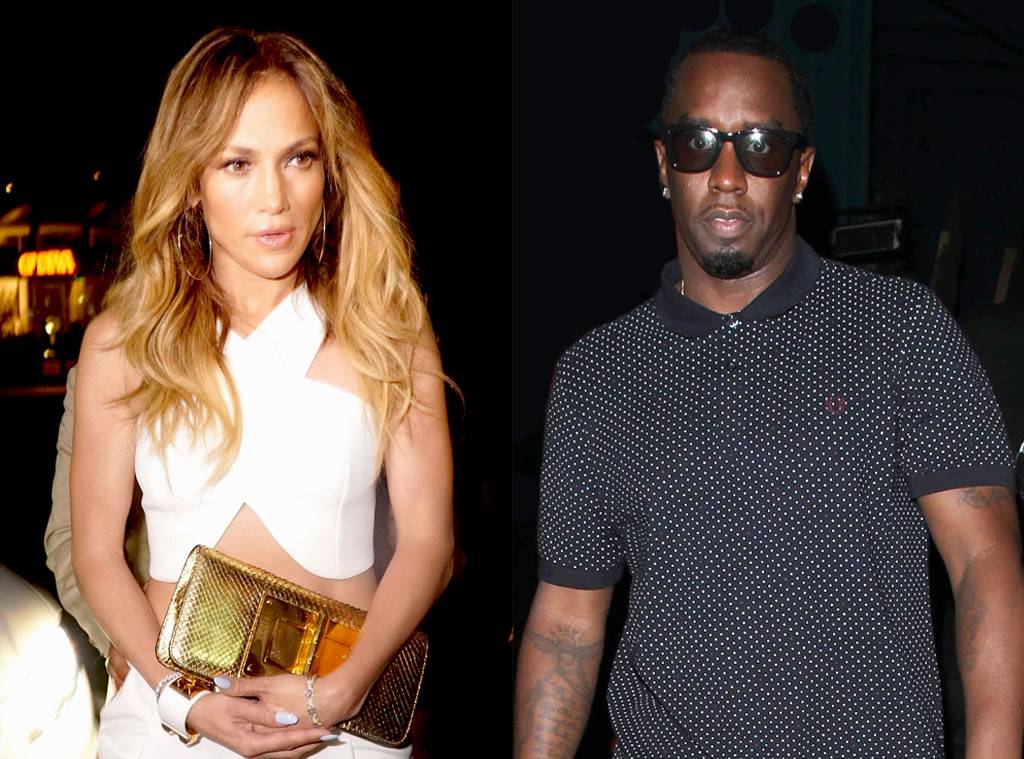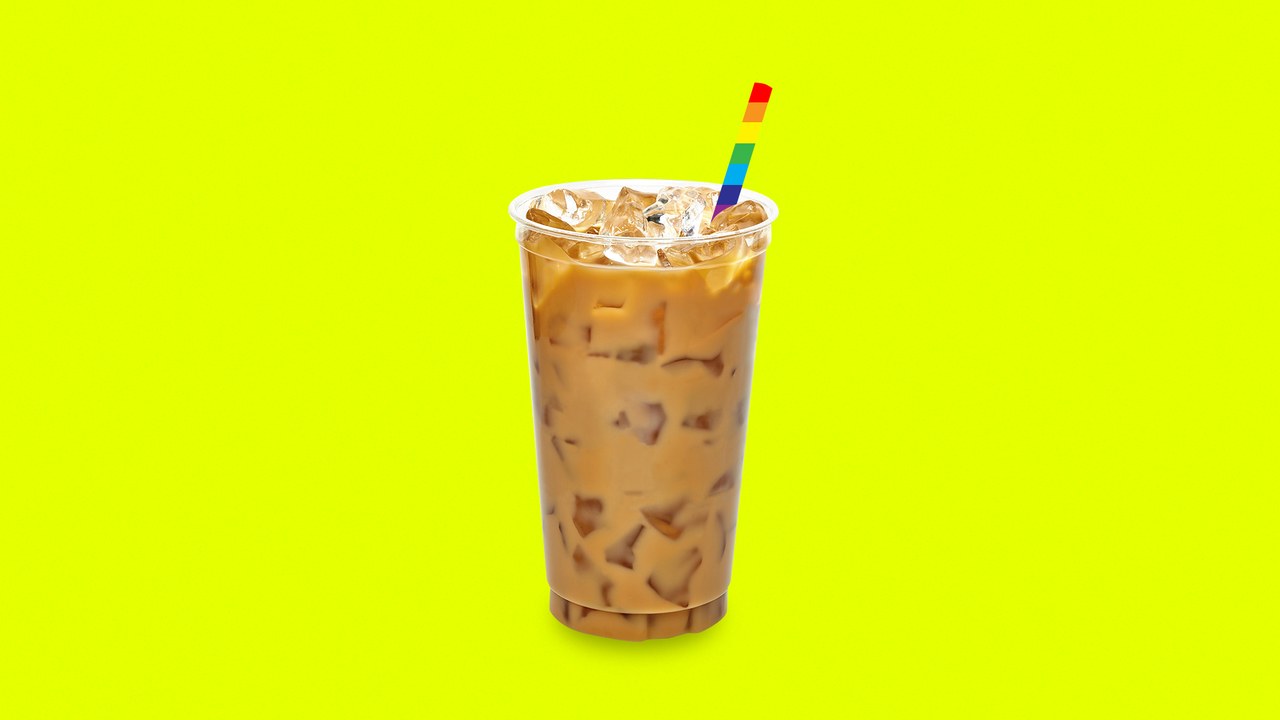
During the Polar Vortex that held America by the throat with an icy grasp, a picture of a man wearing a massive coat with his hood up while battling his way through a snowstorm went viral. It sounds unremarkable, except that, in 2°F weather, he was death-gripping an iced coffee.
The picture, fairly innocuous aside from the man’s choice of caffeinated beverage, was shared by the City of New York’s Twitter feed and paired with an incredulous caption. How could an individual in this freezing weather, the tweet suggested, be drinking an iced coffee? It’s obvious, people responded: He’s gay.
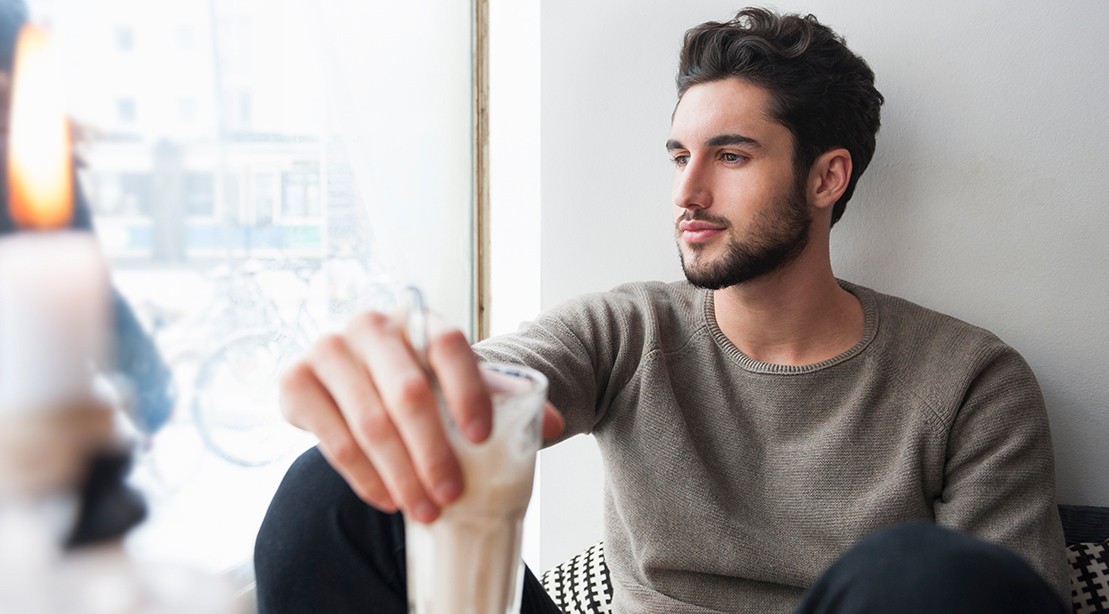
Obviously there’s no way commenters could’ve known this man’s sexuality. Honestly, I’m not sure anyone even knows who he is. But none of that matters, after all; what was clear to the corner of the Internet known as Gay Twitter, and to the site Gay Star News, was that this man was just exercising his rights—nay, his duty—as a gay man to drink iced coffee. Iced coffee, you see, is gay culture [ed. note: can confirm].
In a piece published last October on the LGBTQ website New Now Next, it was noted that for the past two years on social media there’s been a steady flow of jokes and memes about the gay community’s affinity for iced coffee. According to NNN, iced coffee is gay because: portability (cute cups), easy consumption (it’s cold) and customization (you can pump it full of sugar, or sugar-free syrup that is definitely not giving you diabetes). The site compared it to the stereotype of suburban moms and their consumption of pinot grigio; iced coffee is a gay crutch.
Personally, though, this explanation seemed too generalized. While it’s hard these days to truly understand why anything becomes a meme (this is us waving at the Babadook), there are a lot of portable, easily customizable things that come in cute packaging that aren’t so closely aligned with the gay community. Does no one remember the trend of changing the fascia of your cell phone in the ’00s? (Although looking back, actually, that was pretty gay.)
One of the earliest examples of the gay community’s deep relationship with iced coffee comes from a 2001 episode of Will & Grace. In Season 3 episode 11, Jack, played by Sean Hayes, becomes besotted with a barista who keeps giving him free drinks, ultimately getting hyped on sugary, caffeinated beverages. Jack’s crush, ultimately, is fruitless and Karen has to help him get over it. Hijinks ensue.
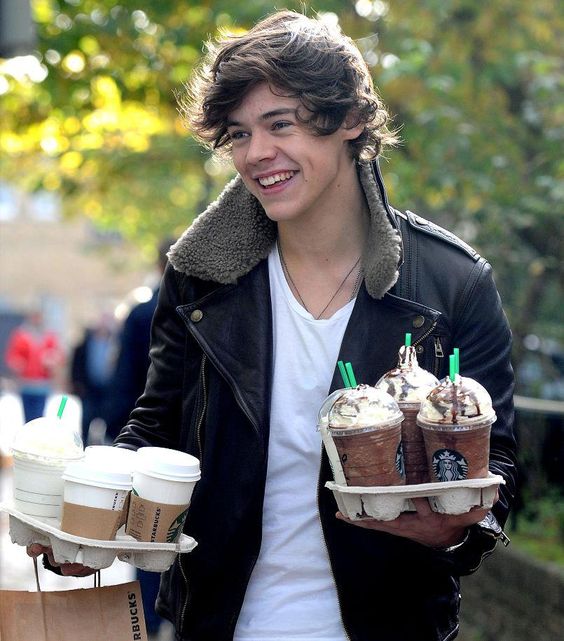
Still, while having a crush has certainly lead to gay people doing ridiculous things in the past, the episode doesn’t quite properly draw the line between iced coffee and gay culture at large. But there could be something in the way that Jack signaled himself out as a gay man to his crush by his repeated orders of Frappuccinos. Indeed, according to former BuzzFeed writer Sam Stryker, who once wrote a post for the site titled “This Post Will Only Make Sense If You’re Gay And Love Iced Coffee,” there’s a countercultural element to iced coffee’s popularity with the gays.
“I think the joke sort of originated as gays drinking iced coffee in the winter,” Stryker explains. “Like, gays will do ridiculous things and there’s something so counterculture about drinking an iced coffee during the winter.” It’s also, he says, a sign of resisting homogenization. “Hot coffee is so normcore. Like, it’s for dads and old people commuting on the train.”
For Sam, iced versus hot coffee is the perfect symbolism between queer and straight culture. Essentially, iced coffee has become a queer avatar, and a way for gay people to signpost themselves against the uniformity of heterosexuality.
If you’re straight, that might sound ridiculous, especially in an age in which—while things are far from universally perfect—gay people can live their lives with a fair amount of autonomy. But signposting queerness is a gay tradition that dates back to the 19th Century according to Dr. Justin Bengry, who convenes Goldsmiths University’s MA in Queer History in London.
“A lot of men developed codes so they could signal to each other their interest in same-sex desires,” he explains. “This could be through particular fashions or products they used. I find it showing up in the late-19th and early-20th Century in men’s magazines. They would say what products ‘real men’ won’t use or what products are effeminate. That might be coded to signpost which ones—to use our language—are considered ‘gay.’”
While there are some codes that were very specific, such as the hanky code which signaled specific sexual proclivities, Dr. Bengry says that mostly the signposting was subtle, such wearing a red tie or a pinky ring. Usually, though, they had something to do with subverting gender norms. For example, wearing color was a subversion of the dark suits men were accustomed to wearing, while anything ostentatious or extravagant, such as using a scent or perfume, was associated with women. “The codes associated with a gendered difference,” he adds, “could then signal a sexual difference.”
So there’s definitely an argument to be made for iced coffee being gendered. Writing for Vice’s food vertical Munchies, Louis Staples explored the gendering of Diet Coke and explained that food and drinks associated with health were generally seen as feminine. In fact, there are apparently health benefits to iced coffee, including the fact that it’s usually lower in caffeine. Of course, this doesn’t apply to cold brew, which is usually concentrated and therefore has a higher coffee to water ratio, but unlike the complex science behind that heteronormative “serious” version of cold coffee, many iced coffees are considered bastardizations.
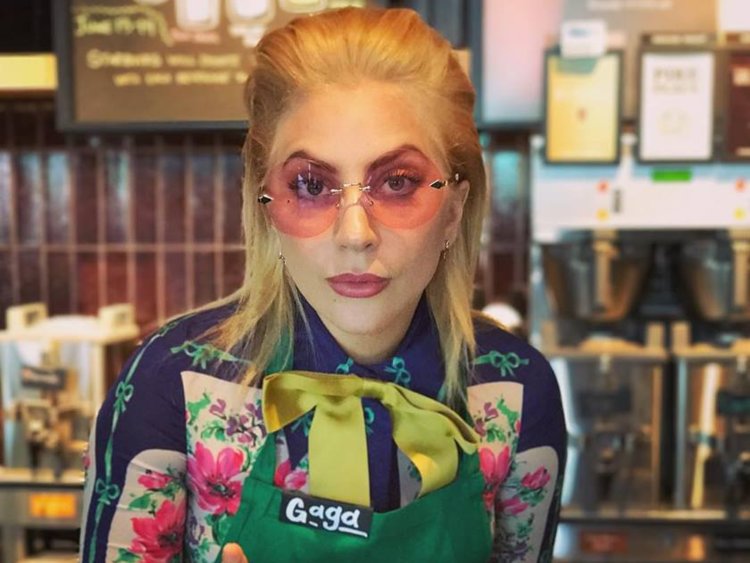
Drinks like my Starbucks order (an iced vanilla latte) or Britney Spears’s favorite, Frappuccinos, are barely considered coffee; these are sugary beverages akin to desserts. That these drinks hold a higher price tag certainly fits in with Dr. Bengry’s assertion that extravagance is considered feminine. But more importantly, they are quite literally weaker than normal coffee. Of course, as we know strength, be it muscular or in this case caffeinated, is closely associated with masculinity, while weakness of any kind is inherently feminine. These patriarchal binaries are pervasive, infecting every aspect of society. It makes sense, then, that iced coffee, with its lackluster caffeine content, would be the antithesis to the strength and virility of normal, heterosexual coffee.
Today, though, the way that we mutate and play with gender roles and the performance of gender has changed. Even mainstream advertising explores gender nonconformity. And rather than necessarily being a sign of sexual difference, according to Bengry, it’s “about challenging the oppressiveness of gender norms and gender presentation”.
That’s not to say that any sort of gay coding no longer happens, just that an aspect of it—shielding oneself from persecution at a time where being homosexual was illegal—is no longer as heavy a necessity in countries like the United States. Perhaps then, as Stryker suggested, part of the gay community co-opting iced coffee stems from another kind of signposting, one where codes are a form of playful rebellious non-conformity.

In fact, take a look back at the Gay Liberation Front and you see a long tradition of playfulness as protest. “The Gay Liberation Front would wear buttons that would explicit say, ‘I’m gay,’ or they would have rude language that explicitly said that they were gay and identifying as such,” Bengry says. “It could be seen not just as a code to other people, but anyone who is literate could read the button and see that they were gay.”
And sure, straight people might not necessarily be aware that drinking iced coffee could be seen as an overt display of one’s sexuality. But that could be part of the fun. In many countries, such as America or the U.K., gay people no longer need to exist in the shadows; and with the fight for gay marriage and the commodification of queer culture, LGBTQ people are going mainstream.
But there’s still an element of covert behavior that occurs in the queer community, be it sexual or, in the case of social media, through the development of digital languages like memes and modern slang. From things like the rise of the word “wig” and Wendy Williams GIFs, there’s an aspect of digital communication that feels exclusive to queer people, although these then tend to filter down into more mainstream culture. Iced coffee could just be an IRL manifestation of this playful covert language, signaling to any fellow gays in Starbucks that you’re one of them. As Dr. Bengry posits: “It has to be a shared experience.”
There’s also an element of capitalism at play, too. Citing the book Changing Gay Male Identities, Staples wrote that gay men have a tendency to align themselves with products and brands when forming their identities, with a 2017 study by Campaign suggesting that more than a third of gays and lesbians claim to be more loyal to brands that are considered “gay friendly.” This is probably transferrable to gay men’s idolization of female pop stars and, one could argue, iced coffee. As with a shared language, the formation of a shared identity when LGBTQ people are so often left marooned without cultural heritage or touchstones is integral to a sense of community. This shared sense of identity—be it through products or pop songs—creates harmony and solidarity in the queer diaspora.
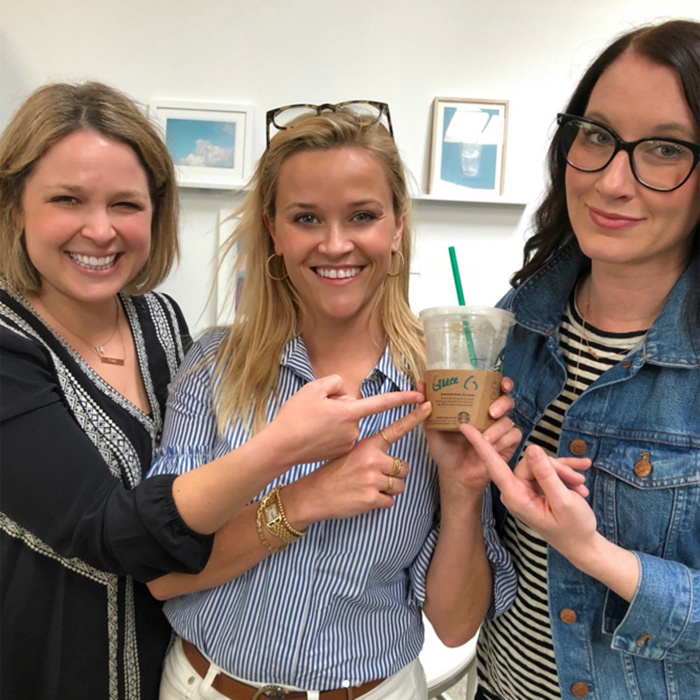
But really, the reason iced coffee is gay is actually quite simple. A number of people on Twitter got in touch with me to suggest that part of the gay appeal is quite literally the straw you drink it through. One user suggested that the straw meant that you could “maintain eye contact on your phone, some cute boys, [and] homophobes wanting to attack u [sic],” while one bi woman said that there was an aesthetic aspect to drinking with the straw, arguing that “in a mildly pretentious way iced coffee makes us feel bougie and further cements our imagine of ‘going against the grain’, especially when we order it in winter and it’s -5 outside.”
However, there were a lot of people that said that there was an oral fixation surrounding the straw, with one person even saying that it was “the slurping noise” that made it gay. And indeed, there is something suggestive about sucking on a straw and the sounds that makes. Even the shape your mouth makes when slurping through a straw has a sensuality to it, a flirtatiousness that sipping from a cup just doesn’t provide. Also, as we know, the gays love nothing more than a good suck.
What is clear, at least from the people I’ve spoken to, is that gay men feel a certain ownership over iced coffee. While many memes and Internet jokes live and die on Twitter and Tumblr, the declaration that iced coffee is gay now extends beyond the barriers of the web. It can be a way of signaling kinship, solidarity and sexual desire. As with the coding of the 19th and 20th Century, differentiating yourself as a queer person in heteronormative society means there’s still a craving for signposting, even if that signposting is now more breezy and exuberant. It’s even, in a small deliciously caffeinated way, a form of active rebellion against homogenization and the commodification of queerness. Iced coffee gives queer people power. It is, to put it bluntly, gay as fuck.

You can check out the latest casting calls and Entertainment News by clicking: Click Here
Click the logo below to go to the Home Page of the Website
Click the logo below to follow ETInside on Twitter
Click the logo below to follow ETInside on Facebook
Click the logo below to follow ETInside on Instagram
Click the logo below to follow ETInside on Pinterest
Click the logo below to follow ETInside on Medium















